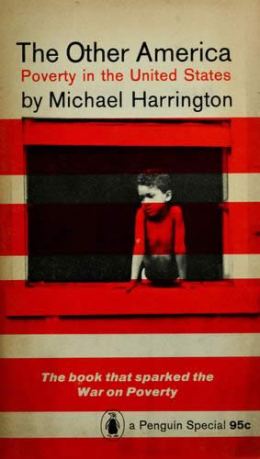
In The Other America, Harrington cast a harsh light on the appalling contradiction of economic growth in the U.S. By the time of the book’s publication in 1962, more Americans than ever had attained the middle-class dream, but pockets of deprivation still trapped millions — from urban ghettos to the mountains of Appalachia — in a cycle of poverty. “That the poor are invisible is one of the most important things about them,” he wrote. “They are not simply neglected and forgotten … what is much worse, they are not seen.” The book became required reading for social activists on the left, and scholars later credited it as a driving force behind President Johnson’s War on Poverty and the creation of Medicaid, Medicare, food stamps and expanded Social Security benefits.
